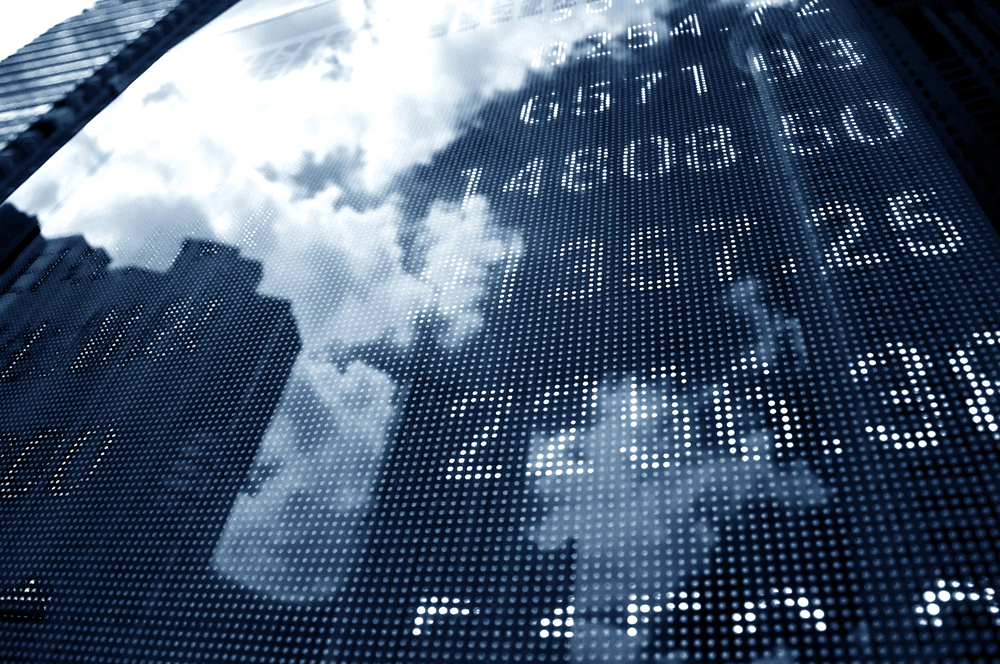BlackRock’s global ETF experienced a flash crash on Deutsche Boerse last month. How did this happen on one of Europe’s most liquid ETFs and can it be avoided in the future?
Following the US jobs data report, the $72.8bn iShares Core MSCI World UCITS ETF (EUNL), Europe’s second-largest ETF, fell 5% in less than a second at 2.30pm Central European Time on 5 April, before jumping back up shortly after as market-making activity resumed.
While not unprecedented – and not solely a quirk of ETFs but also other listed securities – the event highlights several key nuances in ETF trading that investors must understand.
What happened?
Following the report of the US jobs data, sell orders were instantly placed on the ETF at a point when market-making activity was low, causing its price to decline.
This decline triggered multi-stop loss orders – a pre-placed sell order implemented by traders to limit losses on a security – causing the ETF’s price to spiral further as more and more stop loss orders were executed.
Crucially, none of these orders were big enough to trigger one of Deutsche Boerse’s safeguard mechanisms, which would have halted trading had EUNL’s price fallen 1.5%.
However, the spiral of stop-loss orders eventually triggered a separate safeguard mechanism, and trading was halted after EUNL’s price fell 5% below its overnight trading level.
Remarkably, due to the wonders of electronic trading, all of this happened in less than a second. At this point, market makers were brought back into the market to start trading on the ETF, with normal pricing resumed.
According to Paolo Giulianini, head of ETFs at Vantage Capital Markets, EUNL’s liquidity makes it more suitable for order-driven trades, meaning it can trade in a similar way to the futures and equities.
“We are talking about one of the most liquid ETFs in Europe and so it is more prone to being an order-driven ETF, not a quote-driven ETF,” he said. “If it was quote driven, you could say add more market makers, but because it is so liquid, there are likely many stop orders on this ETF which caused the price decline.”
Where were the market makers?
While market makers are required to provide pricing for most of the trading day, there are often points – such as market opening or following news events – where this does not happen, or spreads are significantly wider, even on one of Europe’s most traded ETFs.
One argument is that market makers do not provide pricing during these periods of volatility as they are unlikely to profit from an arbitrage opportunity.
Conversely, market makers might see this move as self-protection, avoiding the risk of mispricing during volatile markets.
One market maker told ETF Stream: “Larger market makers which cover many products and do not have the fastest machines may [pull back from the market] to avoid any mispricing during this time of the day.”
The person added there are instances where it shows prices 100% of the day but with wider spreads at some points as they enter “safe mode”.
“How can the market makers already have valued the basket of stocks when the market has just opened? You cannot calculate the exact price of the ETF so there is uncertainty, no matter how many are pricing the market,” the person said.
Different exchanges also have different obligations market makers must fulfil regarding the time they must spend pricing in the market.
How could this have been avoided?
While Deutsche Boerse's rules of trading were adhered to on this occasion, one capital market expert highlighted that different trading venues have different trading mechanisms, meaning the result may have been different elsewhere.
Deutsche Boerse said it was reaching out to industry stakeholders to understand if it could calibrate its market mechanisms to prevent such occurrences in the future.
Another industry insider said it was on the onus of investors to “not place an order blind into the market”.
“It comes down to the education of investors who place orders in the market,” the person said.
“I see this pattern of behaviour from investors sometimes. Maybe they have a cut-off point to trade, but they should wait two or three minutes when market makers are coming in with better liquidity and tighter spreads.
“In addition, you never want to place an ETF trade without a limit order on exchange, especially if you want to sell.”




